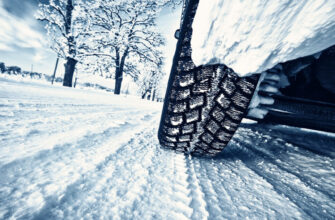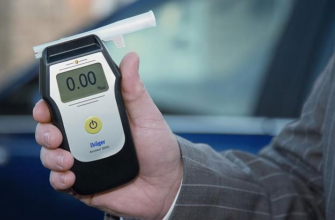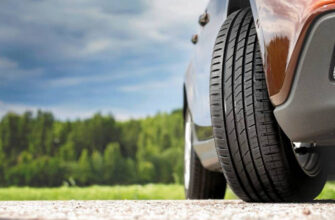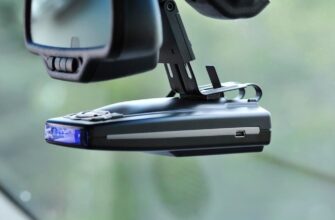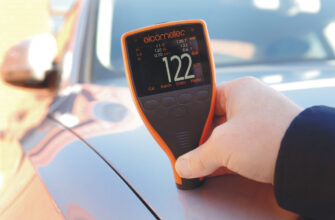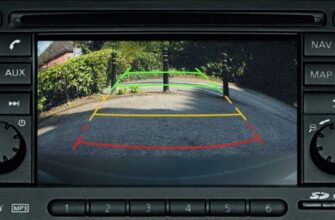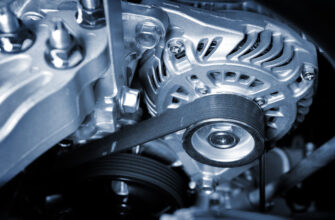In the life of every motorist, there is a need to choose new headlights for a car. The need lies both in the accident that occurred, and in the banal desire to improve the light of the head optics – even high-quality headlights eventually 'get tired', ceasing to perform the functions assigned to them. The solution to the problem is the restoration or purchase of new headlights, the characteristics of which fully comply with the recommendations of the manufacturer.
- maintenance
- The best manufacturers of automotive optics
- Types of headlights. Which ones to choose?
- Halogen headlights
- disadvantages
- Xenon headlights
- disadvantages
- LED headlights
- disadvantages
- Main selection criteria
- Optics manufacturer
- Power of installed lamps
- Luminous flux brightness
- Luminous efficiency of optics
- Features of the choice of fog lights
maintenance
- The best manufacturers of automotive optics
- Types of headlights. Which ones to choose?
- Main selection criteria
- Features of the choice of fog lights

!
We recommend reading an article from an expert on choosing xenon headlights for your car.
The best manufacturers of automotive optics
Many companies are engaged in the production of lighting devices for cars, while the products of the following concerns are in demand:
-
Bosch;
-
Hella;
-
Depo;
-
Phillips;
-
Mitsubishi;
-
Osram;
Before giving a choice in favor of specific models, it is necessary to study the characteristics and compliance with the intended car brand, as well as reviews from users who checked specific headlights on their own car and highlighted both their positive and negative features.
Types of headlights. Which ones to choose?
There are many models on sale, ranging from unnamed Chinese-made products to original factory-branded headlights. Depending on the type of light source, head optics are divided into several types.
Halogen headlights

The traditional type of lighting fixture is an incandescent lamp operating in a halogen environment, a special gas that provides bright and directed light. They have a decent lifespan and warm yellow light.
Advantages
-
Bright;
-
Easy to replace the lamp if necessary;
-
Inexpensive;
disadvantages
-
Sensitive to shock and vibration;
-
Average service life;
-
Consume a lot of electricity;
Xenon headlights

Advanced optics for most modern vehicles. They are a glass flask filled with xenon gas. The glow process is caused by two electrodes, between which the discharge occurs. Nearly all xenon headlights are equipped with a focusing lens to create a powerful, directional, cool white light.
Advantages
-
Bright;
-
Are not afraid of shaking and vibration;
-
Unpretentious in operation;
-
Long service life;
disadvantages
-
Expensive;
-
If installed incorrectly, oncoming cars are 'blind';
LED headlights
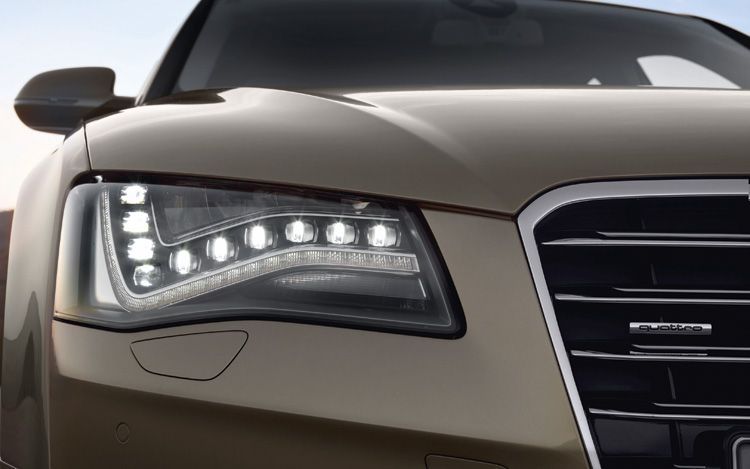
Modern optics installed on expensive premium cars. It is based on LEDs paired with a special optical corrector. As a result, such a design is capable of producing extremely bright and saturated light, exceeding that of xenon by 2-3 times.
Advantages
-
High brightness;
-
Low power consumption;
-
Long service life;
-
Unpretentious operation;
disadvantages
-
Not all cars can be installed;
-
Expensive;
Main selection criteria
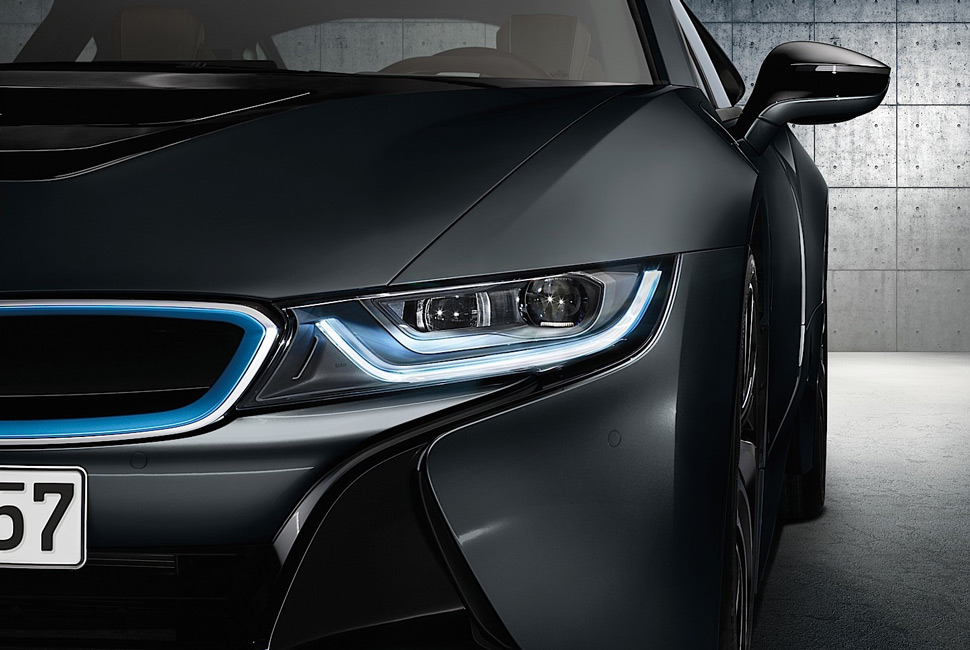
Having decided on a specific type of optics that suits your budget and is allowed to be installed on a specific car, you need to carefully study the main characteristics.
Optics manufacturer
-
Original optics is the most correct solution to this issue. Buying headlights similar to those installed on a car, you can avoid a lot of problems, starting with incorrect adjustment and ending with incompatibility. The disadvantages of such a solution lie in the high cost of the original optics, as well as in the limited options: for the same 'classics' nothing but the factory halogen can be found;
-
Headlights produced by so-called conveyor suppliers – Denso, Depo, Hella, Phillips. In their catalogs, you can find many different models of headlights for a wide variety of vehicles. With a very high quality of workmanship, the products of these brands are distinguished by an affordable price;
-
'Nouname' headlights produced by various Chinese factories. The variety of models here is extremely large: thousands of styles and designs suitable for installation in a wide variety of vehicles. The price for such optics is relatively low. Disadvantages – poor workmanship, unpredictable service life and laboriousness of adjustment and adjustment, which is why the headlights can blind oncoming drivers.
Power of installed lamps
The higher the power, the brighter and more intense the luminous flux the lamp will generate and the higher its power consumption. The most common value is 30-80 watts, while the headlights of trucks and SUVs can reach 100-120 watts at peak.
Luminous flux brightness
A parameter measured in lumens and characterizing not only the degree of intensity, but also the temperature shade.
-
Lamps emitting light 2000-4000 lumens generate warm light with a pronounced yellow tint.
-
Models marked 4000-6000 Lumens give out a cool white light;
-
The brightness of the luminous flux, exceeding 6000 lumens, gives off the blueness of the light beam, and over 9000-1000 lumens acquires a pronounced purple tint;
Luminous efficiency of optics
It characterizes the amount of lumens that the manufacturer managed to 'remove' from one watt of headlamp power. It is calculated by simply dividing the brightness of the stream by the power. As a rule, halogen lamps have the lowest efficiency, while LED and laser headlights have the highest efficiency.
Features of the choice of fog lights
The principle of choosing fog lights for a car is in many ways similar to that when choosing ordinary head optics, the main difference lies in the principle of their design, as well as the power of the installed light source.
-
When choosing fog lights for a car, halogen lamps should be preferred. The ratio 'functionality – cost' for such models is the most effective. Xenon lamps, due to the presence of an ignition unit, are difficult to install in small fog lights, while LED lamps are unreasonably expensive;
-
The power of the installed lamps should be at the level of 30-50 watts;
-
The outer surface of the glass must be treated with a special compound that prevents mechanical stress and sandblasting;
-
The brightness of the luminous flux is selected based on the personal preferences of the motorist;
-
The mount should ensure rigid fixation of the fog lamp on the bumper and prevent its displacement while the car is moving;
Attention! This material is the subjective opinion of the authors of the project and is not a purchase guide.


